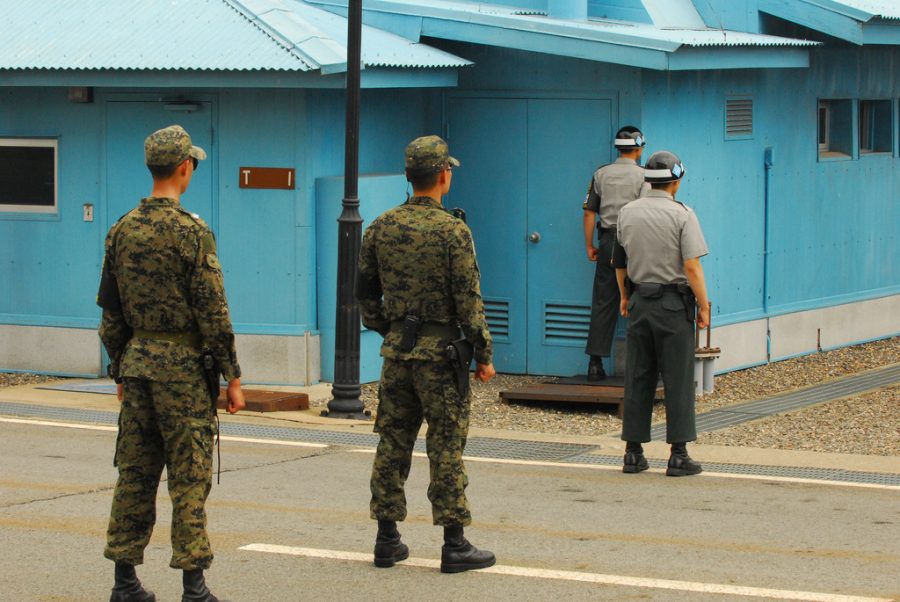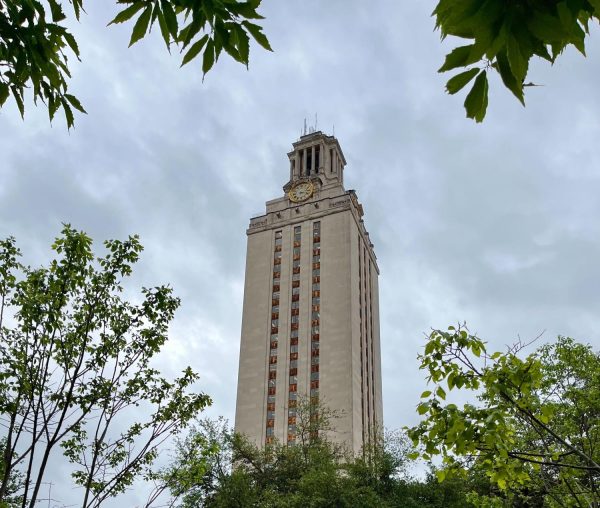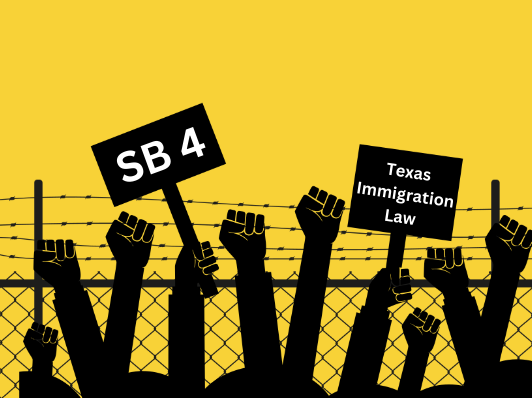North Korea Takes Steps Toward Peace
Since 1950, the beginning of the Korean War, North and South Korea have officially been at war. An armistice was signed in 1953 that ended the armed conflict that claimed the lives of 2.5 million people, but this was merely a cease fire, not a peace treaty. Over the years since that armistice was signed, North and South Korean leaders have periodically met with the intent of reaching some sort of summit, yet each time they have come together the two nations have merely reaffirmed their hostilities. Other powerful nations such as the United States and China have also attempted to hold peace talks since these nations were involved in the Korean War as well, but to no avail.
In 2005, for example, six-party talks between North Korea, South Korea, the United States, China, Russia, and Japan were held to discuss the denuclearization of the Korean Peninsula, and at first it seemed that an agreement was going to be reached. However, in 2009 this agreement broke down over a North Korean missile launch that the other nations condemned. Since then, it has seemed that tensions have only been escalating between the north and south.
Recently, though, this has all changed. In a somewhat surprising twist of fate, Kim Jong-un, the North Korean dictator, and Moon Jae-in, the South Korean president, have met at the border between North and South Korea, otherwise known as the Korean Demilitarized Zone (DMZ). Here, the two leaders discussed the prospect of full denuclearization for the Korean Peninsula, the main goal of the peace talks over ten years ago. More than that, however, the two leaders discussed an idea previously thought impossible: unification of the peninsula.
At this historic summit, Kim Jong-un and Moon Jae-in were both full of smiles and goodwill towards each other, but some wonder if this newfound brotherhood between the Korean leaders will last. And the skeptics have their reasons for doubting. Not only is it reasonable to question this deal based on the failed peace talks in the past, but also because of North Korea’s possibly specious goals for this peace.
Some argue that, since the Kim family has been pushing propaganda for the last 70 years claiming that they are meant to rule over the Korean Peninsula as a whole, there is no plausible reason Kim Jong-un might have for wanting to unify the Korean Peninsula as one democratic state, which is undoubtedly what it would become if unified in this way given the United States’ influence on South Korea.
Giving up his role as dictator of North Korea would strip Kim Jong-un of power and take away his currently lavish lifestyle, two things that few people would want to lose. Instead, most experts believe that Kim’s goal with this gesture is to accelerate the removal of foreign influence — both from the United States and China — from the Korean Peninsula. However, that might not be possible for the dictator.
South Korea has recently declared that the positioning of United States troops in their territory is unrelated to any future peace treaty between North and South Korea; instead, the 28,500 soldiers are merely said to be on the peninsula because of an alliance between the United States and South Korea. Whether this reassurance will be satisfactory to Kim Jong-un is yet to be seen, but it does seem that relations between North and South Korea are not the only ones being improved.
On Wednesday, May 9, it was announced that three American detainees — Kim Dong-chul, Kim Hak-song, and Tony Kim — in North Korea were being released as part of ongoing talks between President Trump and Kim Jong-un, displaying to the world that compromise between the two previously bitter nations is possible. In a tweet, President Trump noted how the ex-detainees seemed to all be in “good health” and that they were all returning to the States with Secretary of State Mike Pompeo.
Cooperation between the United States and North Korea on this level has been incredibly rare for the past seven decades, and with Kim Jong-un and Moon Jae-in on speaking terms at the very least, a future joint peace deal seems to be within reach at this point. President Trump and Kim Jong-un will also be meeting in Singapore on June 12th to discuss further the possible joint peace deal between the United States, North Korea, South Korea, and other nations. For now, all we can hope for is that this talk goes well.

As a senior at Westwood High School, this will be my second year on Student Press and my first year as World News Editor. Over the course of this year...












